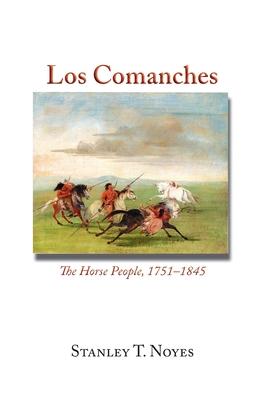The Comanche Indians dominated the Southern Plains of America from the mid-eighteenth to the mid-nineteenth century. No plains people was more feared or admired for its mastery of warfare and life in a harsh, arid environment. Euro- and Native Americans alike anxiously dreaded the ferocity of Comanche enmity yet avidly sought the uncertainty of Comanche friendship. In this richly textured history, the author recounts the relations of Comanches to Spanish, French, Mexican, American, and Native American neighbors while his vignettes provide vivid glimpses into Comanche culture and society. This book is a sensitive portrait of human society and physical place. By the end of the book we understand the Comanches both as a peerless warrior society and as an embattled people.

The Comanche Indians dominated the Southern Plains of America from the mid-eighteenth to the mid-nineteenth century. No plains people was more feared or admired for its mastery of warfare and life in a harsh, arid environment. Euro- and Native Americans alike anxiously dreaded the ferocity of Comanche enmity yet avidly sought the uncertainty of Comanche friendship. In this richly textured history, the author recounts the relations of Comanches to Spanish, French, Mexican, American, and Native American neighbors while his vignettes provide vivid glimpses into Comanche culture and society. This book is a sensitive portrait of human society and physical place. By the end of the book we understand the Comanches both as a peerless warrior society and as an embattled people.